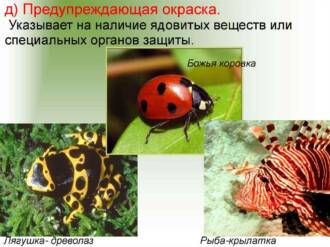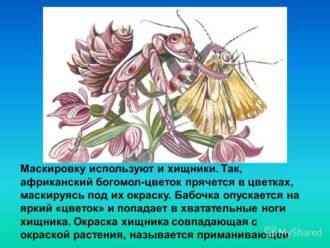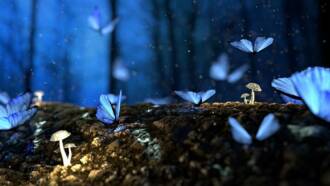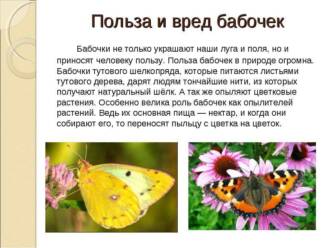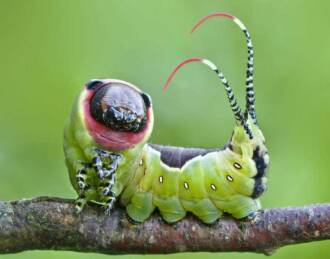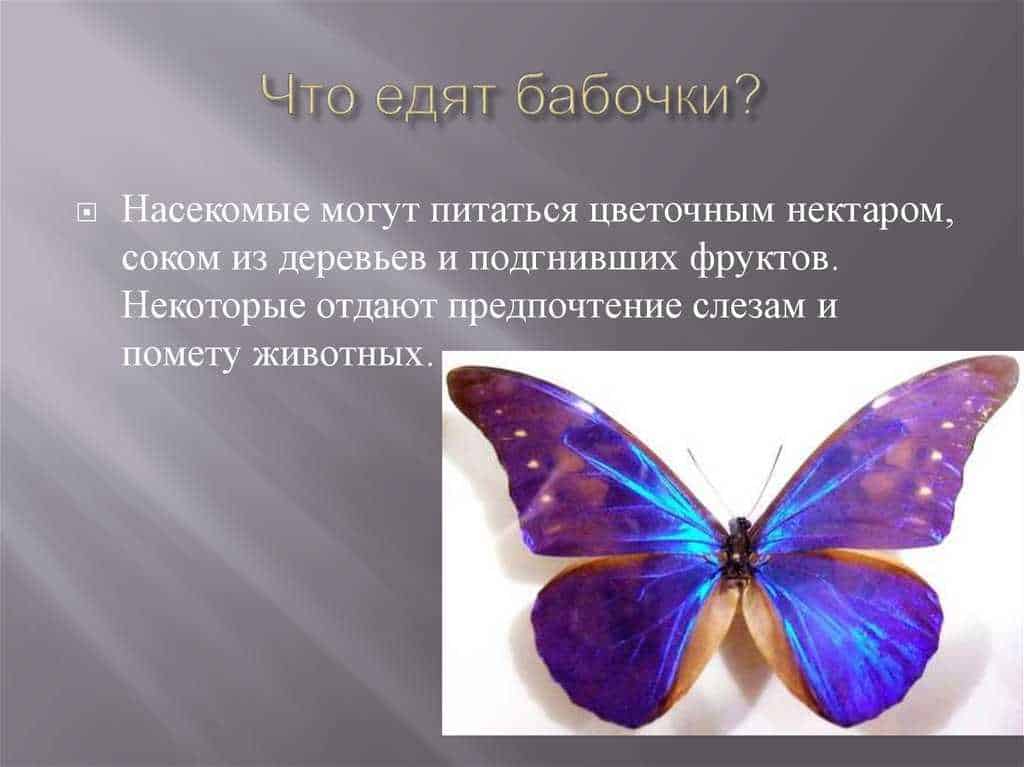
Butterflies are one of the most beautiful and amazing creatures on the planet. They attract attention with their bright colors and graceful flights. However, among them there are those that are poisonous. Poisonous butterflies have evolved various self-defense mechanisms to deter predators and protect themselves.
One of the most common self-defense mechanisms in poisonous butterflies is their bright coloration. They have bright colors, usually orange, red or yellow, which serve as a signal to predators that they are poisonous and dangerous to swallow. This coloring becomes a kind of warning so that predators do not come too close to them.
In addition, poisonous butterflies have another defense mechanism - poisonous substances that they produce. These substances contain toxins that can cause serious harm to predators. When a predator tries to eat a poisonous butterfly, it experiences disgust or even poisoning, which helps it survive.
Poisonous butterflies: self-defense mechanisms and effects on other organisms
Poisonous butterflies are amazing creatures that have developed various self-defense mechanisms to protect themselves from predators. They have bright colors and patterns on the wings, which serve as a signal to other organisms about the presence of toxic substances. This mechanism is called aposematism and helps butterflies avoid being attacked by predators.
Poisonous butterflies can also produce poisonous substances that are stored in their body or on the surface of their wings. These toxic substances serve as additional protection and repel predators. Some types of poisonous butterflies can have poisons so strong that even touching them can be dangerous to other organisms.
The effect of poisonous butterflies on other organisms can also be significant. Predators that try to catch or eat a poisonous butterfly can experience serious consequences, up to and including poisoning. This creates a barrier for predators and helps increase the chances of survival for the butterflies.
In addition, poisonous butterflies can influence the behavior of other organisms. Some animals, such as birds, may avoid preying on butterflies, which have bright colors and patterns on their wings. This is because they recognize poisonous butterflies and associate them with danger.
Overall, venomous butterflies represent a unique natural world where self-defense mechanisms and influences on other organisms play an important role in their survival. The study of these phenomena helps us better understand nature and its complexity.
The amazing world of nature
Diversity of living organisms
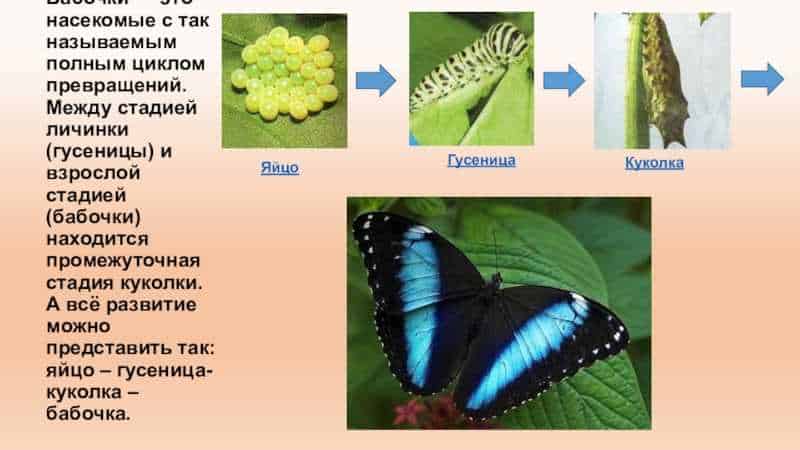
Nature delights with its diversity of living organisms. From microscopic bacteria to giant whales, each species has its own unique features and adaptations.
Animal world is represented by a wide variety of life forms. From birds with bright plumage to insects with poisonous antennae, the variety of shapes and colors is astounding.
Self-defense and influence on other organisms
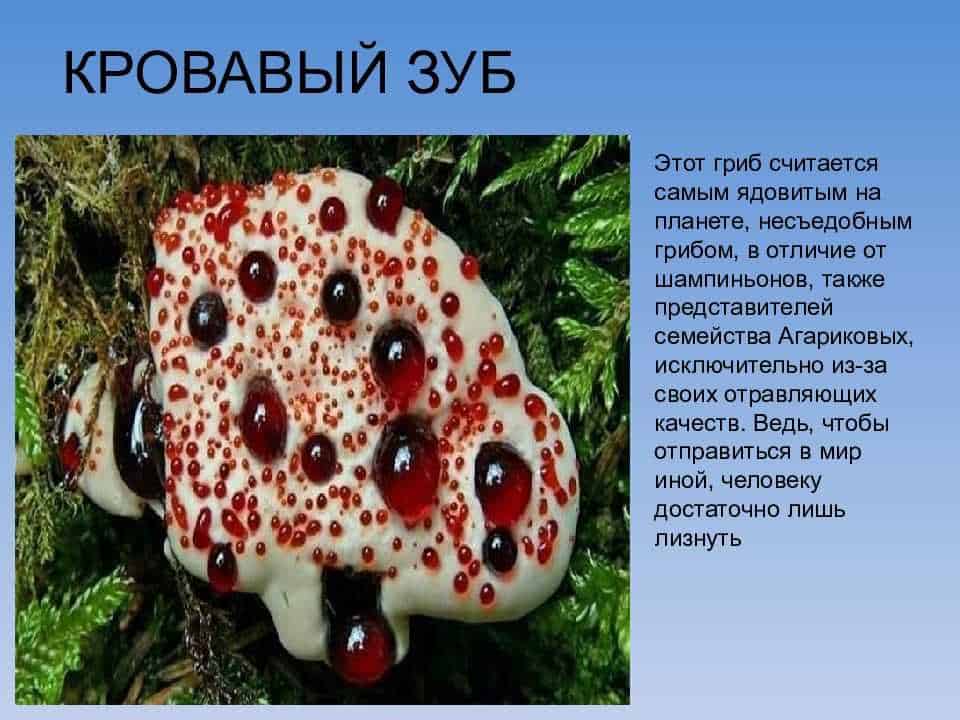
Many animals have developed amazing self-defense mechanisms. Some butterflies, for example, have toxic substancesto scare off predators. Their bright colors serve as a warning of possible danger.
In addition, animals in nature interact with each other, creating complex ecosystems. For example, bees pollinate plants, ensuring their reproduction, and the interaction of predators and prey regulates the population of species in an ecosystem.
Amazing Collaboration
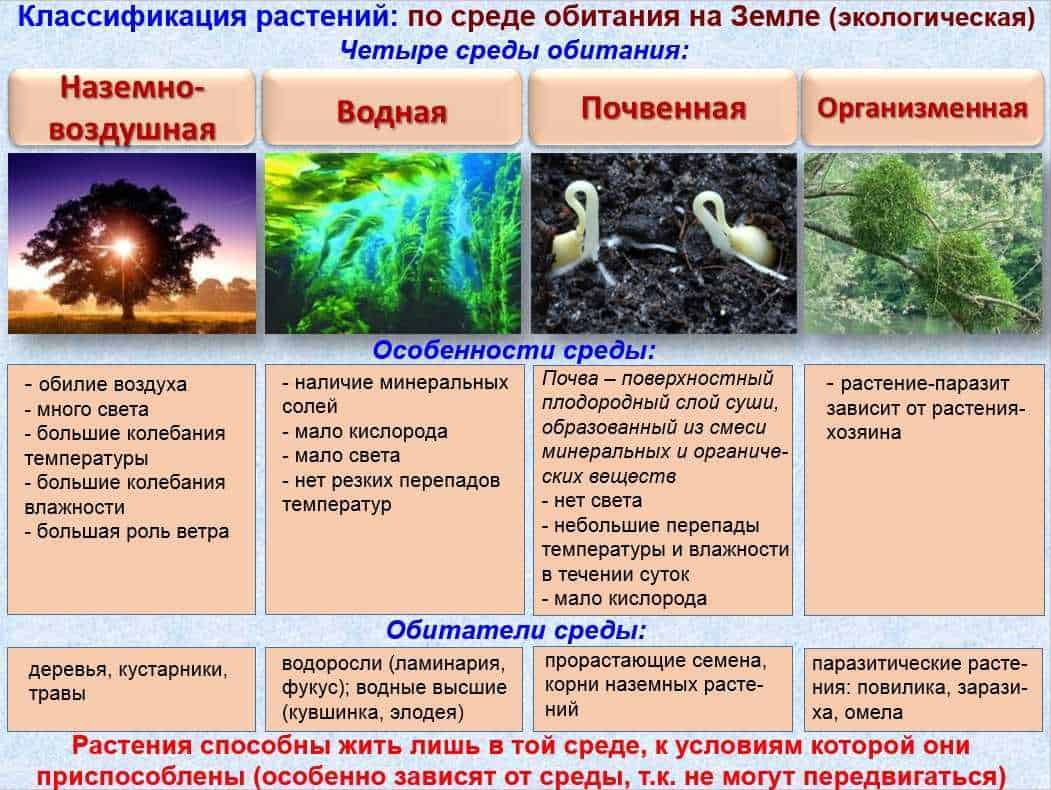
Nature is also known for its phenomenal examples of cooperation and interaction between different animal species. For example, some birds and crocodiles cooperate in prey hunting, where the birds warn the crocodiles of danger and the crocodiles provide the birds with access to the prey.
These and other phenomena in the amazing world of nature show how complex and amazing the mechanisms of life and interaction in nature are.
Mechanisms of self-defense of poisonous butterflies
Poisonous butterflies have various self-defense mechanisms that serve to deter predators and ensure their survival. One of these mechanisms is the bright coloring and unusual patterns on the wings of butterflies.
Poisonous butterflies use bright colors such as red, orange, and yellow to alert predators that they are poisonous. They may also have unusual patterns, stripes, and spots on their wings that act as a danger signal to potential predators.
In addition, poisonous butterflies are capable of releasing toxic substances that can cause poisoning in a predator that tries to eat them. These poisonous substances are usually found in the body of butterflies or on their wings. Predators that have been poisoned by a poisonous butterfly remember its bright colors and patterns and no longer try to attack such individuals.
Some poisonous butterflies also have special glands that produce poisonous substances. They may use these substances for defense, releasing them into the air when threatened, or even biting a predator.
Thus, the self-defense mechanisms of poisonous butterflies include bright colors and patterns on the wings, the release of toxic substances, and the use of special glands to protect against predators. These mechanisms allow butterflies to survive in an environment where they are constantly threatened by other animals.
Toxic substances and their effect on other organisms
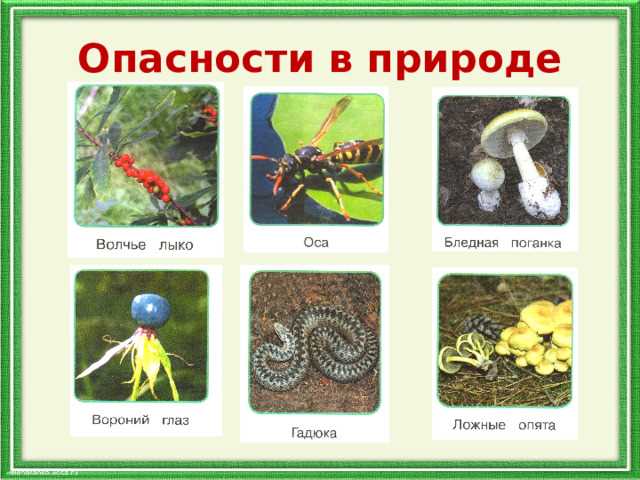
Poisonous butterflies produce a variety of poisonous substances that serve as a self-defense mechanism against predators. These poisonous substances can have various effects on the organisms that try to attack the butterflies.
For starters, the toxic substances released by butterflies can irritate or burn the skin of predators that try to eat them. Contact with poisonous substances can cause redness, itching and even burns in animals or people who accidentally touch poisonous butterflies or their larvae.
In addition, toxic substances can have a toxic effect on animals and birds that try to eat butterflies. Poisonous substances can adversely affect the organs and systems of animals, causing disturbances in digestion, respiration, and even death. In this way, poisonous butterflies effectively repel their predators and protect themselves from being eaten.
Some poisonous substances released by butterflies can also affect other organisms in their environment. For example, some plants that harbor poisonous butterflies can absorb these poisonous substances and use them as a defense against their predators. Thus, poisonous butterflies can influence the plant world, contributing to the survival of plants that have adaptations to poisonous substances.
However, not all organisms are affected by the poisonous substances of butterflies. Some types of predatory insects develop immunity to poisonous substances and can attack and eat poisonous butterflies without harm to themselves. Such predators can use poisonous butterflies as a food source, bypassing their defense mechanisms and gaining an advantage in the fight for survival.
The biological role of poisonous butterflies in the ecosystem
Poisonous butterflies play an important role in the ecosystem, taking part in the struggle for survival and influencing other organisms in their environment. Their bright coloration serves as a warning to potential predators and allows them to avoid attacks.
Poisonous butterflies produce toxic substances that can be dangerous to animals that try to eat them. These substances serve as a defense mechanism, helping butterflies avoid predators. Some of these substances can cause disgust or even serious consequences for animals that try to catch a poisonous butterfly.
In addition, poisonous butterflies affect other organisms in their ecosystem. Some representatives of the plant kingdom have evolved to imitate poisonous butterflies in order to protect themselves from predators. This phenomenon is called mimicry and allows plants to survive by mimicking poisonous butterflies and defending themselves against potential threats.
Poisonous butterflies are also important for dust insects that pollinate plants. Animals that feed on the nectar of poisonous butterflies carry pollen from one flower to another, promoting plant reproduction. Thus, venomous butterflies play a role in maintaining biodiversity and ecosystem health.
In general, venomous butterflies are important contributors to the ecosystem, performing a number of functions including defense against predators, mimicry, and plant pollination. Their presence in nature helps to maintain balance and harmony in wildlife.
Poisonous butterflies: examples of species
There is a huge variety of poisonous butterflies in the world, each of which has its own unique self-defense system. Some of the better known species of poisonous butterflies include:
1. Heliconia
Heliconia is a colorful tropical butterfly that lives in Central and South America. Its bright colors serve as a warning to predators of its toxicity. When the butterfly senses danger, it unfolds its wings and displays bright stripes and spots to scare off potential enemies.
2. Monarch

The monarch is one of the most well-known poisonous butterflies. It lives in North America and is known for its long-distance migrations. Monarchs feed on milkweed plants, which contain poisonous substances. The butterflies store these poisonous substances in their bodies, which makes them unpalatable to predators.
3. Amazon
The Amazon is a colorful butterfly that lives in the tropical forests of South America. It has a beautiful coloring of blue and green shades. This butterfly also has poisonous substances that protect it from predators. In addition, it has special glands that secrete odors that scare away enemies.
These are just some of the examples of poisonous butterflies that are found in nature. Each of them has unique adaptations and self-defense mechanisms that allow them to survive in harsh environments and protect themselves from predators.
Evolution of self-defense mechanisms in poisonous butterflies
Poisonous butterflies represent an amazing natural world in which evolution has developed self-defense mechanisms for their survival. One of these mechanisms is the presence of external signs that warn of a possible danger, and the so-called aposematic coloration.
Aposematic coloration — is a bright and contrasting coloration that serves as a signal to potential predators about the butterfly's toxicity. Using evolutionary changes, poisonous butterflies have become increasingly bright and noticeable to warn predators of their danger and avoid attack.
In addition to aposematic coloration, poisonous butterflies have also developed other self-defense mechanisms. For example, some species have special glands that produce poisonous secretions. These secretions may contain toxic substances that deter predators and protect butterflies from attack.
In addition, some types of poisonous butterflies have the ability to produce sounds that serve as a signal of possible danger. These sounds can be warning or repellent to predators and thus help increase the moth's chances of survival.
Overall, the evolution of self-defense mechanisms in venomous butterflies is an amazing example of environmental adaptation. They have developed a variety of defenses that help them survive and survive in the wild.
Defense against predators: mimicry and apposition
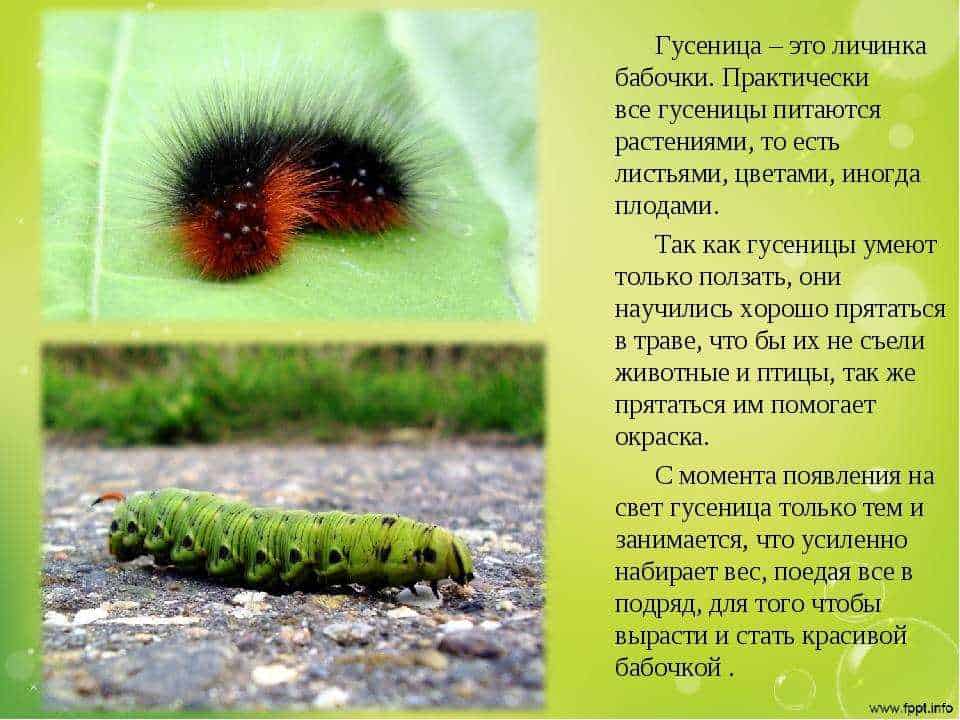
Poisonous butterflies have various self-defense mechanisms that allow them to survive in the harsh natural world. One such mechanism is mimicry. Mimicry allows butterflies to imitate the appearance of other, harmless insect species to scare away predators.
Types of mimicry can be different. Some butterflies can mimic the appearance of wasps, bees or even birds to make predators think they are dangerous too. Other types of mimicry may imitate rotten fruits or leaves to hide from the eyes of predators.
Another self-defense mechanism used by poisonous butterflies is aposition. Aposition is the display of bright colors or strange shapes to discourage predators. Some butterflies may have bright red, orange, or yellow colors on their wings that signal their poisonousness.
The combination of mimicry and aposition allows poisonous butterflies to confidently defend themselves from predators. They create the illusion of danger, forcing predators to give up the thought of an attack. These mechanisms not only help butterflies survive, but also influence other organisms in their ecosystem, shaping complex interactions in natural communities.
Distribution of poisonous butterflies around the world

Poisonous butterflies are unique creatures that are distributed throughout the world. They live in a variety of ecosystems including rainforests, savannahs, deserts, and mountainous regions.
Some of the most famous poisonous butterflies are found in tropical regions of South America such as the Amazon and the Andes. These areas are home to a variety of species of poisonous butterflies, including blue-winged moths and variegated heliconias. Their colorful plumage serves as a signal to other animals about the presence of poison.
Poisonous butterflies are also found in Africa, Australia, Asia and other parts of the world. In Africa, for example, you can find the famous Danaid moth, which is known for its poisonousness and beautiful appearance.
The spread of poisonous butterflies is due to their unique self-defense mechanisms. They can secrete poisonous substances that protect them from predators. What's more, venomous butterflies can mimic the appearance of other non-venomous species to deter potential predators.
Research shows that venomous butterflies play an important role in the ecosystems they inhabit. They influence the behavior of other animals, such as birds and mammals, which learn to avoid poisonous species and imitations.
In general, the spread of poisonous butterflies around the world is one of the natural phenomena that continues to amaze researchers and nature lovers with its uniqueness and beauty.
Protection and conservation of populations of poisonous butterflies

Poisonous butterflies are essential components of ecosystems and their conservation plays an important role in maintaining biodiversity. To protect and preserve populations of poisonous butterflies, a number of measures must be taken.
1. Protection of natural habitats
One of the key objectives of the conservation of poisonous butterflies is the preservation of their natural habitats. This may include the creation of nature reserves, parks and other protected areas where populations of these butterflies are present. It is also important to control the destruction and alteration of their habitats caused by various human activities such as deforestation, farming or construction.
2. Combat heavy pesticide use
Heavy use of pesticides is one of the main threats to populations of poisonous butterflies. Pesticides used in agriculture and horticulture can adversely affect butterflies by killing their larvae or toxic adults. Therefore, it is necessary to apply alternative pest control methods that do not harm the butterflies.
3. Breeding and repopulation projects

To conserve populations of poisonous butterflies, breeding and repopulation projects can be carried out. This may include the creation of artificial conditions for the breeding and rearing of butterflies under controlled conditions, as well as the restoration of natural habitats and the introduction of populations into them. Such projects can significantly increase the abundance and diversity of poisonous butterflies.
In general, the protection and conservation of poisonous butterfly populations is an important task that requires joint efforts from scientific researchers, conservation organizations and the public. Only together we can save this wonderful world of nature and its unique inhabitants.

